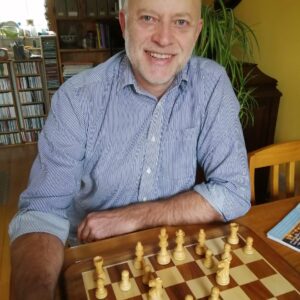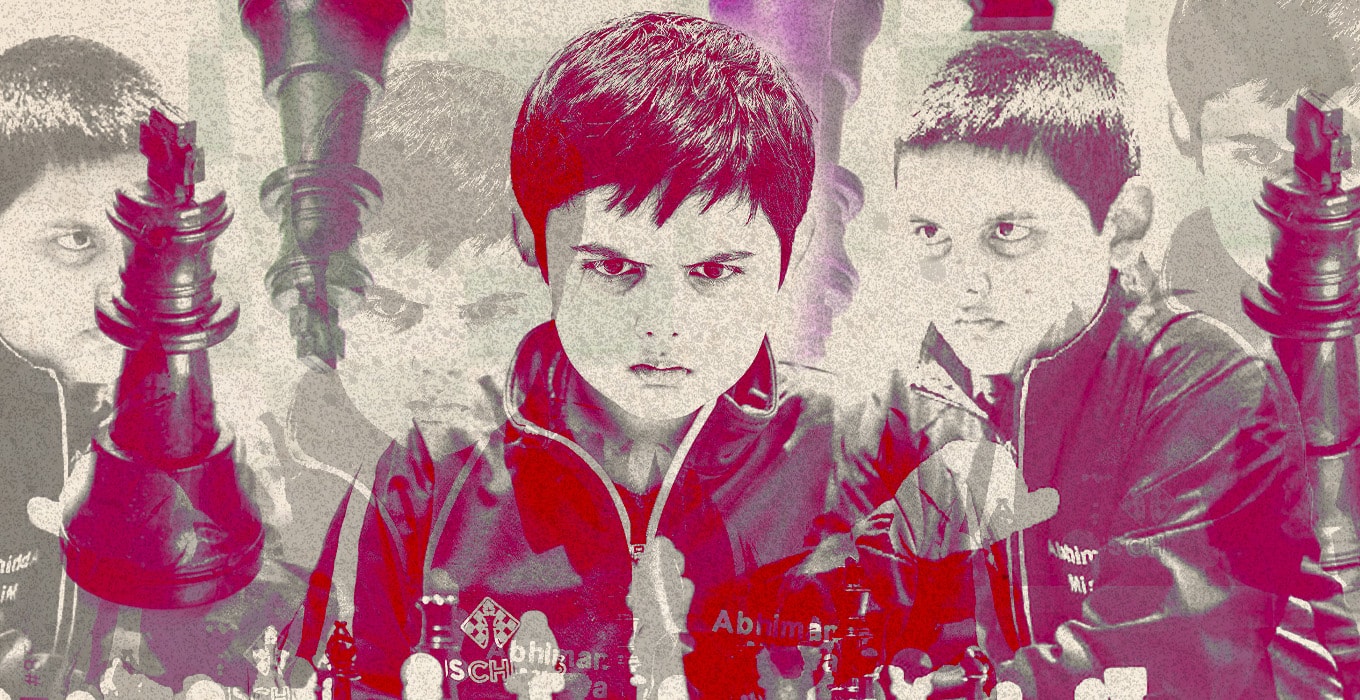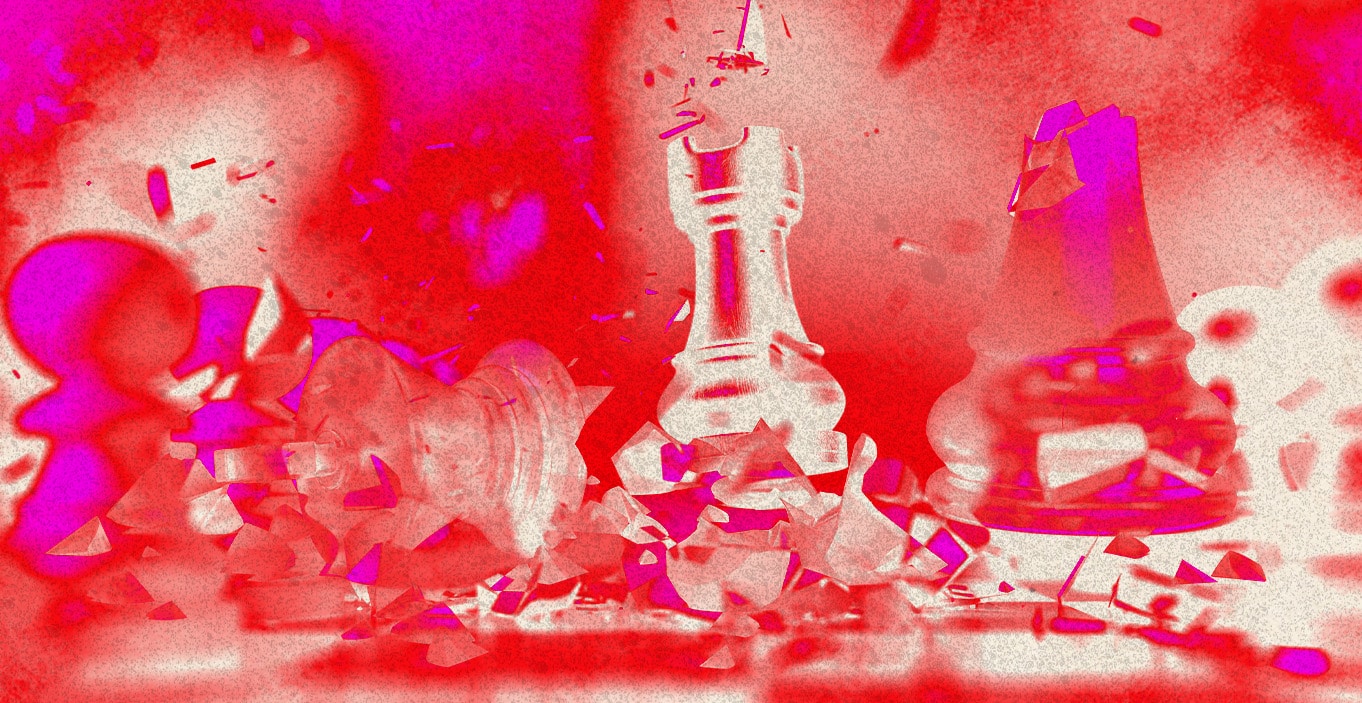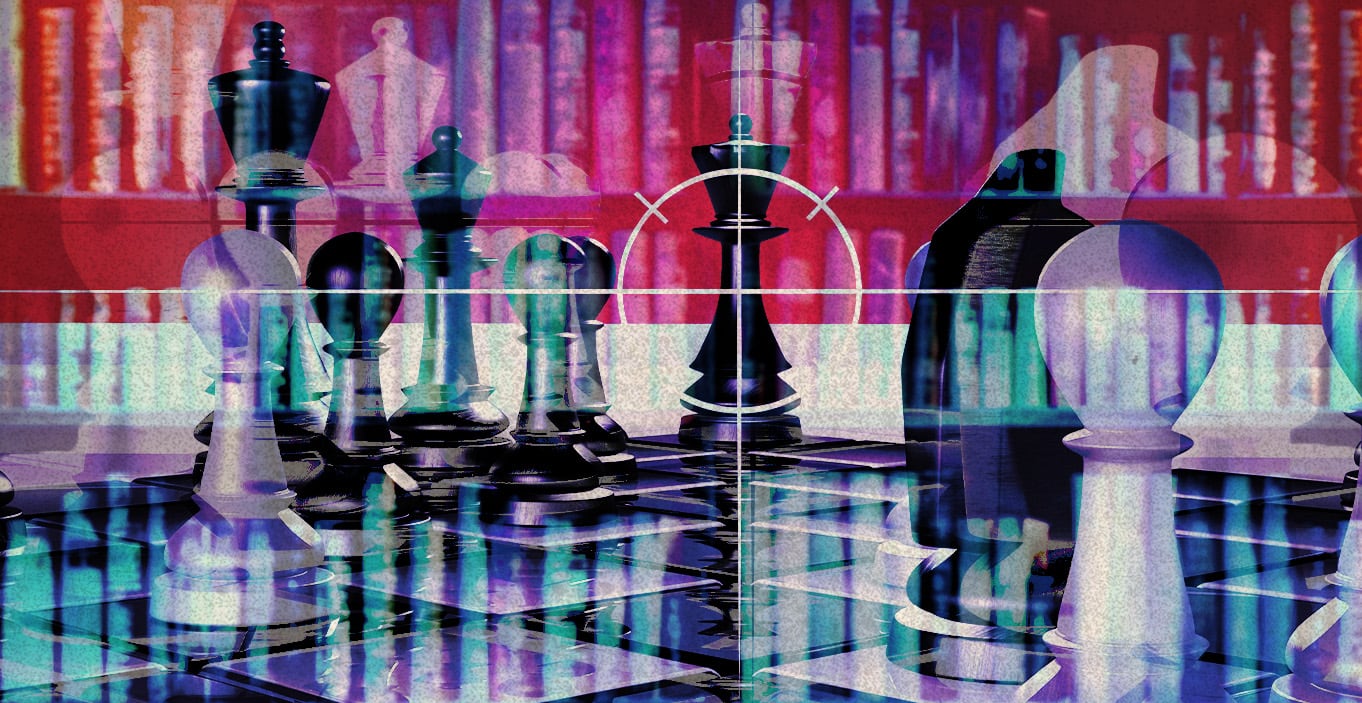Your weekend reading is here, as we present a new blog post by Professor Barry Hymer, the Chief of Science for Chessable.
In today’s post, Professor Hymer reveals one of his greatest regrets before discussing various matters such as why we should privilege process over product, the complexity of chess and the importance of making good moves.
Are you ready to start thinking about your thinking? Then let us see what Professor Hymer has in store for us this time…

Why It’s Worth Thinking About Your Thinking
I don’t have many regrets in life, but keeping chess at arm’s length for over three decades is a big one. During this period I was preoccupied in part with family priorities and also with building a career in education and psychology, but I should have kept a modest space for chess too. Though my professional background lies in the laboratories and methodologies of experimental psychology (where we model the social sciences on the hard sciences), a large part of my career has been focused on the interface between psychology and education, especially attempts to turn theory into practical tools for implementation.
This has taken me into exploring such areas as ‘thinking skills’, cognitive enrichment, meta-cognition and talent-development. Art Costa’s ‘Habits of Mind’ were an influence, alongside Reuven Feuerstein’s Instrumental Enrichment programme, Belle Wallace’s TASC model, John Dewey’s sublime and wide-ranging insights, Carol Dweck’s research on mindset, and Mihalyi Csikszentmihalyi’s work on ‘flow’ and talent development.
Philosophy for Children
Another person whose work had a profound influence on the development of my own practice was Matthew Lipman, originator with his colleague Ann Margaret Sharp of the approach known as Philosophy for Children (or P4C). Lipman was an academic philosopher whose life’s work took a decidedly practical turn. Drawing on the Socratic tradition, P4C aims to provide children (and adults) with the skills and dispositions required to act critically, creatively, collaboratively and caringly (the ‘4 Cs of P4C’) in their academic lives and beyond – as engaged citizens in their societies. It’s an approach that is now practised across the world.
Process over Product
Whilst recognising that the name-checking of some giants in the thinking skills tradition is not, perhaps, the most obviously promising start to a blog about chess and science, there is a connection and it’s quite a strong one: P4C, like most approaches to the development of thinking skills, privileges process over product. The aim is to support children to think and act philosophically rather than to become philosophers per se. They learn not about Kant, Kierkegaard or Krishnamurti but about weighing evidence and arguments, connecting ideas, questioning and responding. Something chessplayers do too, although our tools here fall within visual-spatial and logico-mathematical domains rather than verbal-linguistic ones.
And here’s the thing: one needs only to dip one’s toes into the world of analytic philosophy to see how fragile is the distinction between the worlds of language and logic. Thought and language are inextricably interwoven. The great psychologist Vygotsky paraphrases the poet Osip Mandelstam with the line, “I have forgotten the word I intended to say and my thought, unembodied, returns to the realm of shadows.” The human brain is a connection-making wonder, and it’ll use any raw materials that lie to hand in order to make links. Indeed, many research-operationalised definitions of creativity invoke the notion of ‘making unexpected connections’.
Creativity at the Chess Board
Little wonder that a feature of high level chess is the capacity of GMs to draw upon their vast memory-stores to connect the position in front of them with past games featuring similar motifs and structures. And the most creative of these – the Tals, Speelmans, Shirovs, Ivanchuks and Jobavas of this world, and chess composers (and problem-solvers) as a species, are prepared to reach into the most surreal terrain in their search for new and unexpected solutions.
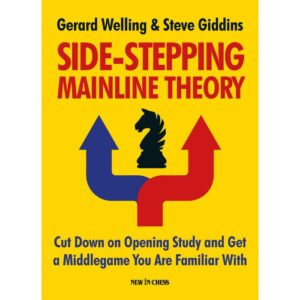
Steve Giddins, in a book co-authored with Gerard Welling (Side-Stepping Mainline Theory, pp.34-35), tells a tale that provides a glimpse of the creative genius of Jon Speelman: in the game Plaskett-Mestel, Eastbourne 1990, Black made a fairly thematic Old Indian attempt to trade dark-squared bishops with 7… Ng4, to which Plaskett responded 8 h3!?:
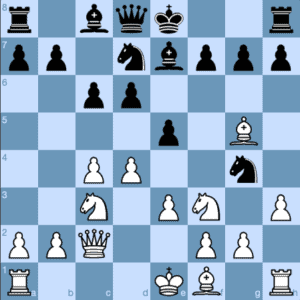
“This appeared to come as an unpleasant shock to Mestel, who thought for a long time and played 8…exd4 9 Bxe7 Qxe7 10 Nxd4 Nh6 11 0-0-0 Nc5 12 g4, when Black had a poor position and lost rather one-sidedly.
“In the post-mortem, the players were staring at the above position and just concluding that 8 h3 was a refutation of 7…Ng4, when Jon Speelman wandered over and casually asked why Black had not played 8…Nh2!!?. A stunned couple of GMs stared in amazement for a minute, before concluding that Black is indeed fine after this move.” [The engine confirms that Black has nothing especially to fear from the half-open g-file after 9 Bxe7 Nxf3+ 10 gxf3 Qxe7 etc.]
The fact that as distinguished a problem-solver as Jonathan Mestel missed 8…Nh2 is, to my mind, less remarkable than the fact that it occurred to a human to even consider it as a possibility. But can such feats of creativity be learned, or are they the fruits of silicon chips or Speelmanesque genes? And if they can be learned, just how, exactly?
Learn to Learn
Here too I would urge us to privilege process over product. It is no implied repudiation of Speelman’s genes to suggest that their outworkings were without doubt nurtured by a lifetime of immersion in creative connection-making over the chessboard. We can retain a studied neutrality on the tired nature-nurture debate whilst at the same time pointing to the overwhelming evidence that we can all learn to learn, and we can therefore learn to learn about anything we wish to learn!
In the field of learning science this is the terrain of meta-learning and meta-cognition, and it occupies the commanding heights when it comes to meta-review effect sizes on achievement. Especially in the face of high demand tasks: “When tasks are very complex for the student, the quality of metacognitive skills rather than intellectual ability is the main determinant of learning outcomes … because learners have to improvise and use heuristics rather than call upon knowledge and skill components that are associated with intellectual ability” (Prins, Veenman, & Elshout, 2006, p.377).

Metacognitive Skills
As readers of this post will surely know, there are few activities that are more complex than chess, and that is exactly why we’re attracted to the game – we relish challenges. But if we’re to get better at it, it behooves us therefore to take notice of the science and to attend to the quality of our metacognitive skills – which trump our IQs as predictors of progress. To apply metacognition to chess improvement, if you will. It’s something that stood out above even deliberate practice as common to the practice of the elite chessplayers we interviewed for our book on chess improvement, and which is encapsulated by Matthew Sadler’s remarkable comment that “I was always more interested in how to think than how to play”.
But it’s worth noting that there exists also a reverse-engineered course that could be taken: rather than acquiring metacognitive skills in pursuit of chess mastery, many educational chess organisations (like Dansk Skoleskak, and the ECU Education Commission) in fact have little interest in creating new generations of GMs per se (though this might arise as a felicitous secondary gift), but instead use chess as the vehicle to develop life and metacognitive skills that transcend a narrow performativity in chess itself.
The Engine of Learning
Though both approaches have their zealous protagonists, we needn’t see this as a binary choice. We can align ourselves in both camps, and tread nimbly in the metacognitive orchard. And we needn’t obsess about catching the elusive unicorn of measurable transfer effects either: the sort of experimental contortions we need to perform and definitional compromises we need to make in order to demonstrate evidence of ‘impact’ very rarely correspond to the sort of effects that are readily apparent in naturalistic contexts. We can point instead to the sort of data that allow the psychometrician Robert Marzano to describe metacognition as the very “engine of learning”, and commend chess as a powerful vehicle for nurturing metacognitive skills like connecting, evaluating and checking.
Thinking Moves
I’ve recently had the opportunity to recommend a remarkable resource to Dansk Skoleskak and their consultant on a chess-for-life-skills project, the indefatigable Karel van Delft. But I recommend it to chess-improvers anxious to apply the lessons of learning science to their own development too. It’s a slim book that takes us back to P4C, thinking skills, and the vaunting of process over product: Roger Sutcliffe et al’s Thinking Moves – Metacognition Made Simple.
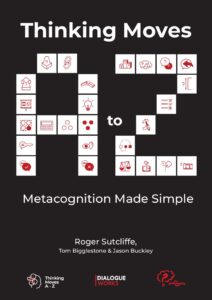
In this book Sutcliffe uses the alphabet and a deep knowledge of thinking processes to bring metacognition to everyday learning and teaching. In 26 thinking moves from (Thinking) Ahead to Zooming in on key details, thinking skills are made visible and accessible. He points out that “… the moves are not a merely academic device. They include almost all the possible moves that a thinker could make in any circumstance. So, they are equally appropriate for everyday purposes, such as organising events or running businesses. The skill set needed by a chair of a committee is very similar to that of a teacher conducting a classroom enquiry” (p.61).
Or, I would add, adult chess improvers using a platform like Chessable to assist them on their journey. We need to retain a good degree of responsibility for how we manage our selection of courses, learning schedules, and course settings. And as we get better at these strategic elements, we should find ourselves relying less on trial-and-error, and acting more like experts, who are more likely to search for all possible strategies that might work (Klahr, 2000) and to interpret the resultant data rather than merely produce them. Thinking isn’t optional, but to make good moves on the board, we must also make good moves off it.

As always, I’d welcome feedback to [email protected].


